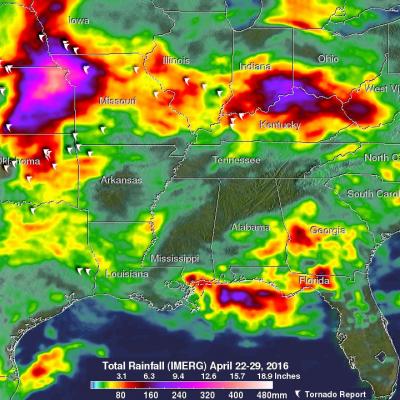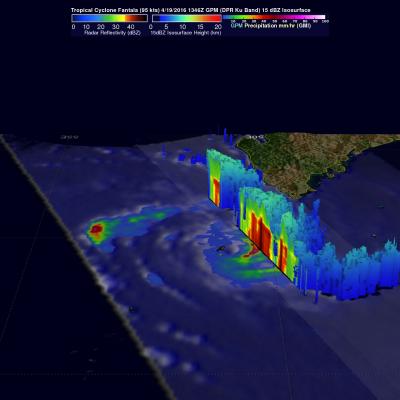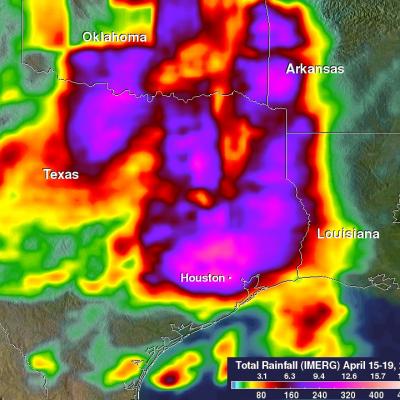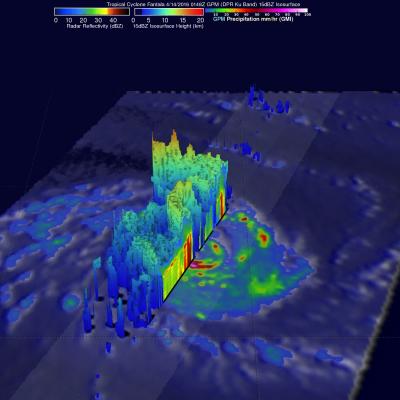Severe Weather In Tornado Alley And Eastward (May 2nd Update)
Severe spring thunderstorms frequently spawned tornadoes from the Gulf Coast north and eastward during the past seven days. From April 25 to May 2, 2016 there were over 67 tornadoes in the United States reported to the National Oceanic and Atmospheric Administration (NOAA). Many of these tornadoes were located in an area that includes the states of Texas, Oklahoma, Kansas, and Nebraska. This area of the Great Plains has been labeled Tornado Alley due to the many tornadoes that occur there this time of year. Gulf moisture clashing with frontal systems moving over the United States provided much





